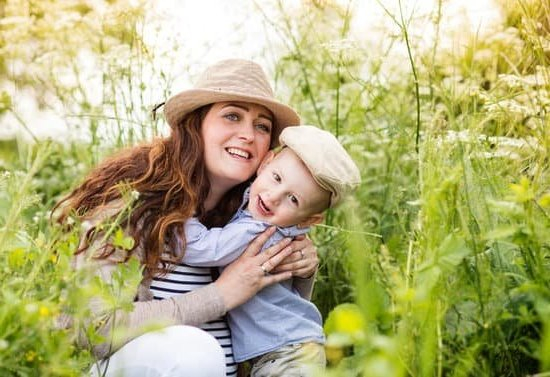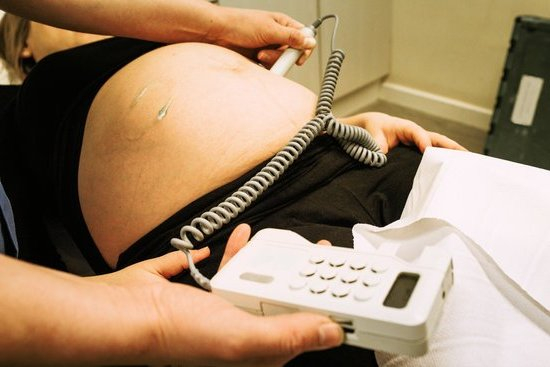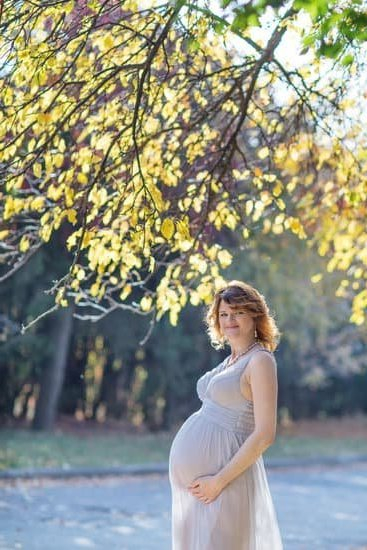?
A woman is fertile each month for about six days. Ovulation typically occurs about 14 days before the start of the next menstrual period. However, the exact timing of ovulation can vary from woman to woman and cycle to cycle.
When Is A Woman The Most Fertile
?
There is no one definitive answer to this question. Fertility is a complex process that is affected by a woman’s age, health, lifestyle, and other factors. However, there are general guidelines that can help you determine when you are most likely to be fertile.
The most fertile time in a woman’s cycle is usually around the time of ovulation. Ovulation typically occurs 14 days before the start of a woman’s menstrual period. However, this can vary from woman to woman, and even from cycle to cycle. To determine when you are most likely to ovulate, you can track your basal body temperature or use a fertility monitor.
Other factors that can affect a woman’s fertility include her age and health. As a woman gets older, her fertility declines. This is due in part to the decline in the quality and quantity of her eggs. Health conditions such as endometriosis or polycystic ovarian syndrome can also affect a woman’s fertility.
If you are trying to conceive, it is important to be aware of your own fertility window. If you are not able to conceive after a year of trying, it is advisable to consult with a healthcare professional. He or she can help you determine if there is an underlying medical condition that is affecting your fertility and suggest appropriate treatment.
Physical Signs Of Fertility In A Woman
There are many physical signs of fertility in a woman. One of the most obvious is when a woman begins to menstruate, or when she has her first period. This indicates that she is able to produce eggs that can be fertilized. Another physical sign of fertility is when a woman’s breasts begin to enlarge and her nipples become darker and more pronounced. This is because the breasts are preparing to produce milk for a baby. Additionally, a woman’s body will often produce more oils and sweat, which can make her skin glow. Finally, a woman’s waist may become thinner and her hips may become wider, as these are both indications of good health and fertility.
Signs Of Fertility Women
trying to conceive may be wondering what signs to look for to indicate that they are fertile. While there is no one definitive sign of fertility, there are some clues that can suggest that a woman is fertile. One of the most obvious signs of fertility is a regular menstrual cycle. A woman who has a regular menstrual cycle of about 28 days is more likely to be fertile. Another sign of fertility is the presence of cervical mucus. Cervical mucus is a thick, sticky substance that is produced by the cervix. The amount and type of cervical mucus changes throughout the menstrual cycle, and it is most conducive to fertilization when it is thin and slippery. A woman who is fertile will often have cervical mucus that is clear and stretchy. Finally, a woman’s basal body temperature may also indicate her fertility. Basal body temperature is the temperature of a woman’s body when she is at rest. A woman’s basal body temperature will rise slightly after ovulation, and it can be used to determine when she is most fertile. If a woman is trying to conceive, she may want to monitor her cervical mucus, basal body temperature, and menstrual cycle to get an idea of when she is most fertile.
Brigham And Women’S Fertility Reviews
is a blog that helps couples trying to conceive by providing information on fertility treatments and options. The blog is written by the staff at Brigham And Women’s Fertility Center, a leading fertility clinic in the Boston area. The blog covers a range of topics, from fertility basics to in-depth looks at specific fertility treatments. The blog is updated regularly with new posts, and readers can subscribe to receive updates via email or RSS.

Welcome to my fertility blog. This is a space where I will be sharing my experiences as I navigate through the world of fertility treatments, as well as provide information and resources about fertility and pregnancy.





